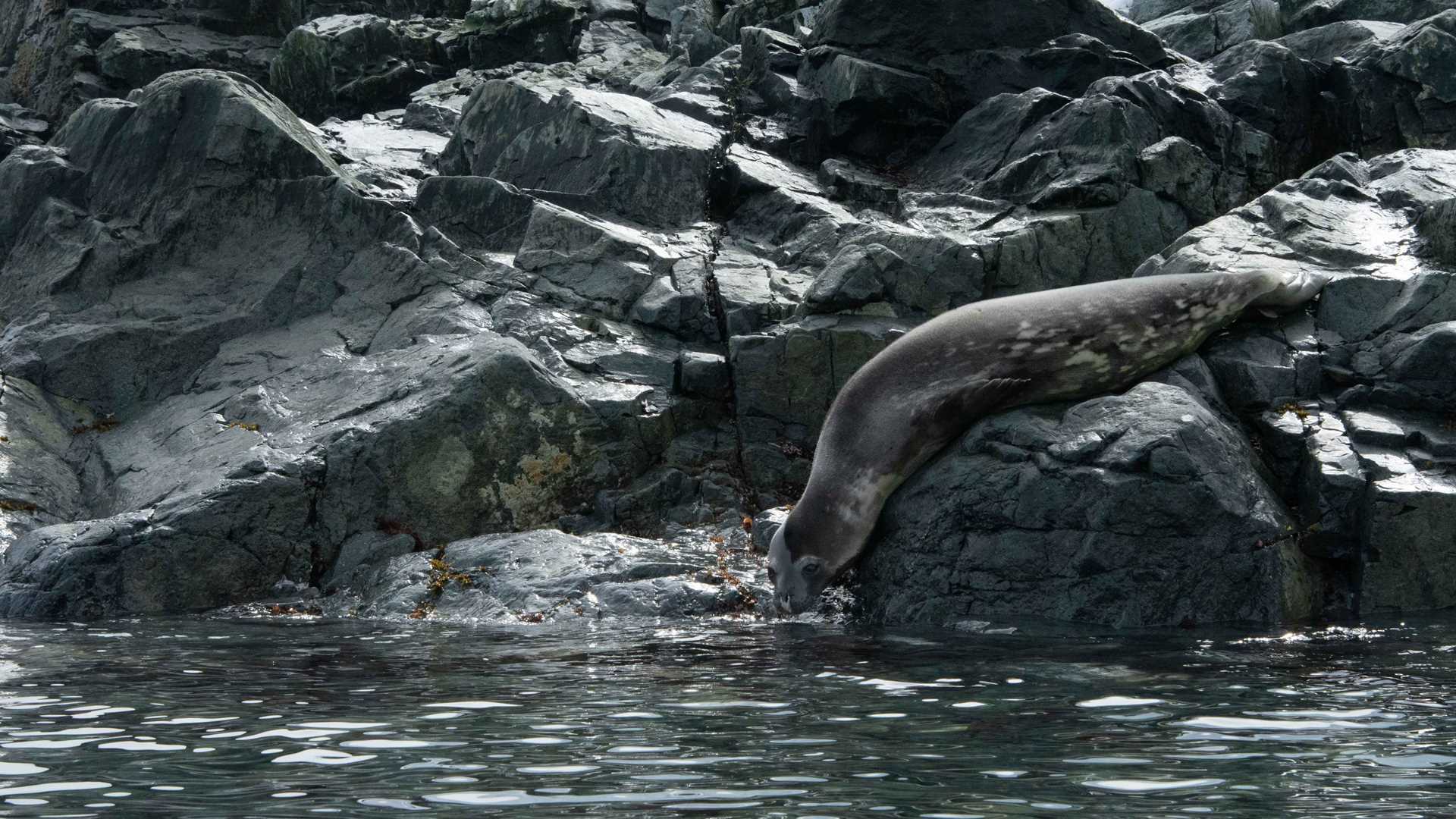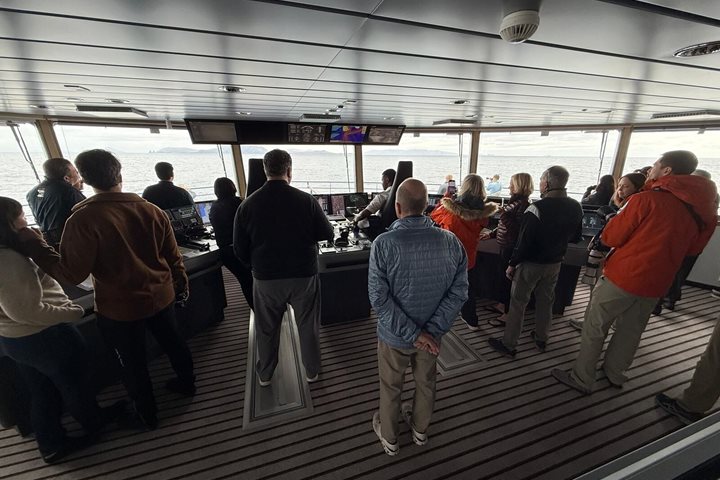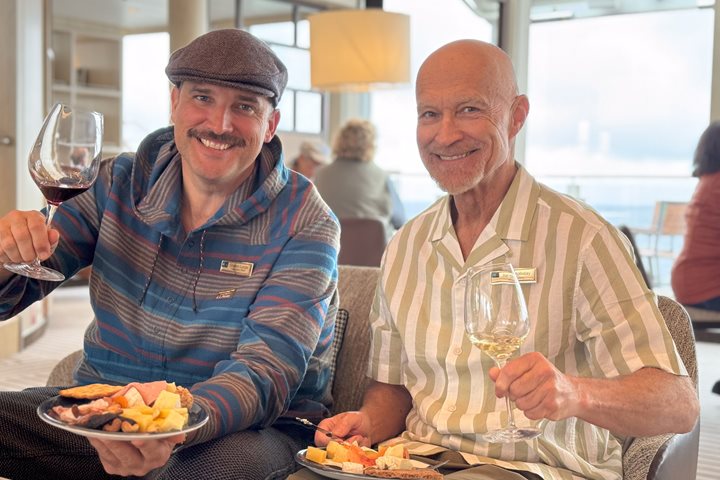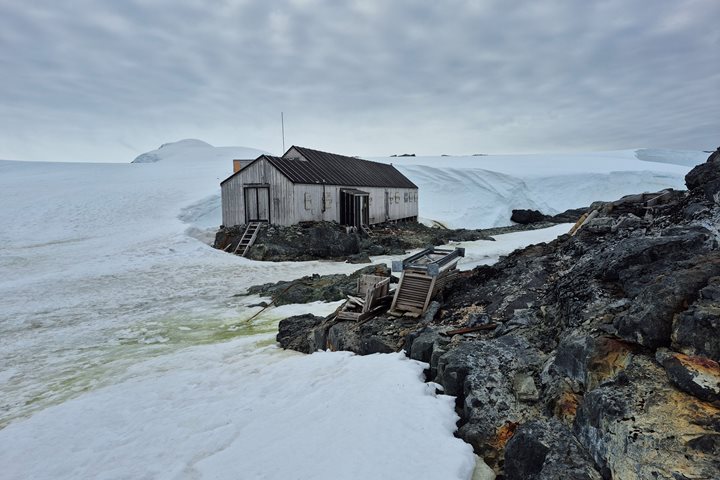Waking in Antarctica is an astounding sight to behold! We spent the morning at Grinder Rock and for the first time since setting sail from Ushuaia, we got to leave the ship and explore the area by Zodiac.
Grinder Rock is a group of flat-topped lichen- and snow-covered rocks located near a glaciated island coastline. Making our way along the edge we found numerous passageways and nooks to tuck our boats into and look at the beautiful steep rock cliffs towering over us. As we made our way around the island, we were treated to our first encounter with penguins.
The afternoon brought us to Hydrurga Island, a hotspot for wildlife! The island is home to nesting chinstrap penguins and kelp gulls. Often because of its location, Weddell seals will haul out here for a snooze and occasionally you can see elephant seals. We should count ourselves lucky because a juvenile elephant seal was resting in the shallows on the back side of the landing, visible by the Zodiac cruise.
Most spectacular of all were the blue skies and sunshine that continued well into the night. We stayed up late on the bow and had a once in a lifetime experience with half a dozen or more groups of humpback whales cooperative lunge-feeding in the golden light of the Antarctic sunset.







